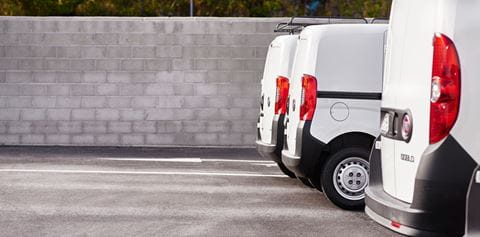
Tax on commercial vehicles
Commercial vehicles are a working tool.
What taxes do they pay and how can companies avoid overspending when they need to renew or reinforce their fleet?
Commercial vehicles are regarded differently under the law. Accepted as work vehicles, the tax framework for commercial vehicles may be more beneficial than that for passenger vehicles, although this does not occur in all situations.
For example: when purchasing a diesel light goods vehicle, 50% of the VAT on acquisition values and lease rents may be deducted, as well as fuel. And if we are talking about electric light goods vehicles, VAT can be fully refunded.
But when a company intends to acquire a commercial vehicle, it is essential to take into account the following taxes:
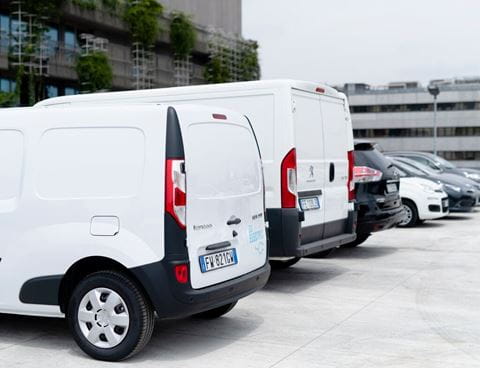
1. Vehicle Tax
Vehicle Tax (ISV), a tax created in 2007 by Law no. 22-A/2007, is the main tax levied on cars.
ISV is a tax paid when the vehicle is registered for the first time in Portugal.
So, light goods vehicles are also subject to the payment of ISV, regarding said vehicles to be those with a gross weight of up to 3500 kg and with a capacity of no more than nine seats, intended for the transport of cargo, with an open or closed box or without a box.
However, depending on the type of commercial vehicle in question, the taxation to be applied also differs, with two types of table to be applied, depending on the case: table A and table B of the ISV.
ISV Table A
Table A applies to goods and mixed-use vehicles (although Table A is not exclusive to these vehicle categories), having two components: engine capacity and environmental.
Light vehicles for mixed use, with a gross weight of more than 2500 kg, with a minimum capacity of seven seats, including the driver's, and that do not have permanent or adaptable four-wheel drive, pay 40% under Table A.
- Cylinder capacity component of Table A
The cylinder capacity component is dictated by the engine capacity measured in cubic centimetres (cc or cm3).
- Environmental component of Table A
The environmental component is determined, taking into account the level of particle emission, where applicable, and the level of carbon dioxide (CO2) emission. The CO2 level considered by the law can come from two sources: the combined test cycle resulting from the tests carried out under the “New European Driving Cycle” (“NEDC”) or the “Worldwide Harmonized Light Vehicle Test Procedure - WLTP, depending on the test system to which the vehicle was subjected for the purposes of its technical approval.
Table B of ISV
Table B solely takes into account the cylinder capacity component, being applicable to the following cases, with regard to commercial vehicles:
- Light goods vehicles, fitted with a closed box, with a maximum capacity of three seats, including the driver's, and interior height of the cargo box less than 120 cm. Amount payable: total tax under Table B;
- Light goods vehicles, fitted with a closed box, with a maximum capacity of three seats, including the driver's, and four-wheel drive, permanent or adaptable. Amount payable: total tax under Table B;
- Light goods vehicles, fitted with an open box or without a box, with a capacity of more than three seats, including the driver's, with permanent or adaptable four-wheel drive. Amount payable: 50% of tax;
- Light goods vehicles, fitted with an open box or without a box, with a capacity of more than three seats, including the driver's, no four-wheel drive, permanent or adaptable. Amount payable: 15% of tax under Table B;
- Light goods vehicles, with an open or closed box or no box. Amount payable: 10% of tax under Table B.
An intermediate rate applies, pertaining to 50% of the tax deriving from the application of table B to light goods vehicles, fitted with an open box or without a box, with a capacity of more than three seats, including the driver's, with permanent or adaptable four-wheel drive.
A reduced rate, corresponding to 15% of the tax resulting from the application of table B, is also applicable to the following vehicles:
a) Light cars for mixed use which are cumulatively endowed with:
- Gross weight exceeding 2300 kg;
- Minimum cargo box length of 145 cm;
- Minimum interior height of the cargo box of 130 cm measured from the respective platform, which must be continuous;
- Immovable bulkhead, parallel to the last row of seats, which completely separates the space intended for the driver and passengers from that intended for goods;
- No four-wheel drive, permanent or adaptable.
b) Light goods cars, fitted with an open box or without a box, with a capacity of more than three seats, including the driver's, and four-wheel drive, permanent or adaptable.
A reduced rate applies, pertaining to 10% of the tax deriving from the application of table B to light goods cars, fitted with an open or closed box or without a box, with a capacity of more than three seats, including the driver's, with an interior height of the cargo box of less than 120 cm.
2. Road Tax
Portuguese Road tax (IUC) also applies to commercial vehicles, being paid once a year, in the month of registration, applying to vehicles registered in Portugal. This tax is levied on vehicle ownership (and not on circulation).
Depending on the vehicle category we are referring to, specific IUC calculation tables were created.
For further information about the application of the IUC by levels and categories, please contact us. We’ll be glad to help you with whatever you need.
Some categories that this tax considers are:
Category A Passenger cars and light cars for mixed use with a gross weight not exceeding 2500 kg that have been registered, for the first time in national territory or in a Member State of the European Union or the European Economic Area, as from 1981 until the coming into force of the IUC, in other words, until 30 June 2007 (inclusive); Category B Passenger cars and light cars for mixed use with a gross weight not exceeding 2500 kg, whose date of first registration, in national territory or in a Member State of the European Union or the European Economic Area, is after 1st July 2007 (inclusive); Category C Goods cars and mixed-use cars with a gross weight of more than 2500 kg, intended for the private transport of goods, for own transport or for hire without a driver for these purposes; Category D Goods cars and mixed-use cars with a gross weight of more than 2500 kg, intended for the public transport of goods, transport for a third party or rental without a driver for these purposes.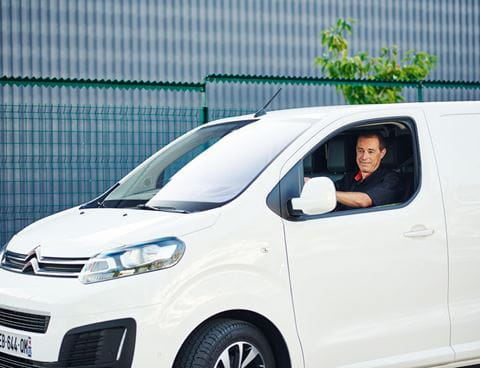
3. Autonomous taxation and VAT
In addition to the ISV (which taxes manufacturing and import) and the IUC (which taxes ownership), company vehicles may also have to bear autonomous taxation. This will happen in relation to light goods vehicles which, for the purposes of ISV, are taxed at the normal rates of this tax, in other words, those provided for in Table A.
These are closed box vehicles, classified by the Instituto de Mobilidade e Transportes (Mobility and Transport Institute) as goods, but with 4 or 5 passenger seats, approved as N1 (vehicles designed and built for the carriage of goods with a maximum mass not exceeding 3.5 tonnes). Light goods vehicles with up to 3 seats are taxed according to Table B of the ISV, so they are not subject to autonomous taxation.
In terms of VAT deduction, light goods vehicles can deduct VAT from the purchase price and lease rents, as well as fuel with the deduction representing 50%.
And with 100% electric vehicles, how does it work
As there is a range of 100% electric commercial vehicles on the market, this segment is also garnering the interest of buyers, especially due to the different tax benefits they enjoy which we have summarised here:
- €6,000 incentive for the purchase or leasing of an electric light goods vehicle through the Environmental Fund. Each company is only entitled to two incentives;
- Exemption from Autonomous Taxation;
- Exemption from payment of ISV and IUC;
- Deduction of all VAT.
Operational leasing option: the added value of cost predictability
- In light of all these taxes, how can companies avoid overspending when they want to renew their fleet?
With the need to control costs being one of the main priorities of companies, leasing a commercial vehicle is an interesting alternative to the acquisition itself. This is because operational leasing assumes the payment of a fixed monthly rent, which includes a wide range of services related with maintenance and roadside assistance, such as breakdowns and tyre replacement. Insurance is covered too. For example, if there is a breakdown, you won't have to pay anything extra. Everything is included in the monthly rent.
- The fact that it is a fixed income (with no hidden costs), this affords predictability in terms of monthly expenses and in the company's tax planning, an important aspect to reduce the risks of the operation.
- Operational leasing also has the advantage of not being posted on the balance sheet of the company using it. All the income enters the accounts as a cost for the financial year. In turn, the rent is deductible from corporation tax, unlike acquisition costs, which have limits for the deduction to be accepted.
- Operational leasing does not imply any initial down payment, something that does not apply in a traditional acquisition contract, where the initial cash outlay may be high.
- Fleet management is also the responsibility of the leasing company, allowing the company manager to focus on the business and not to be distracted by car logistics.
- And a further advantage of operational leasing is to make new commercial vehicles available to the company at the end of each contract renewal. And this is also important, since new vehicles are less polluting and more economical, in addition to conveying a message of social and environmental responsibility from the company which, in the competitive environment we live in, is critical to getting our customers on board.

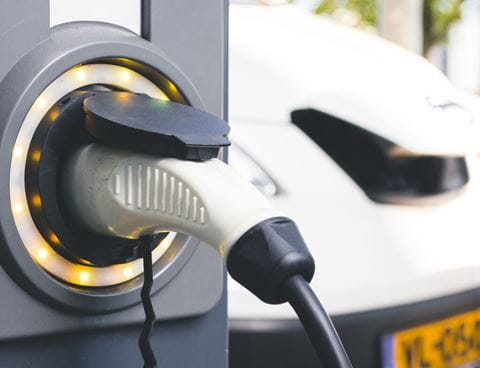

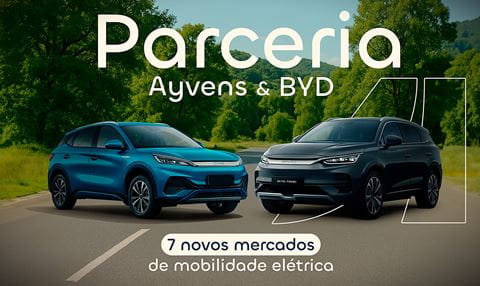
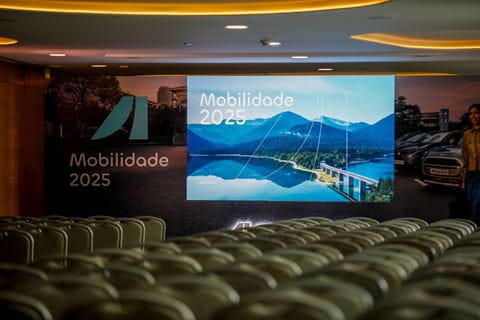



.webp?rev=116e33c4df5f409b9d0b0a6dbb2810ac&mw=480&io=transform%3Afill%2Cwidth%3A480)